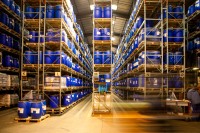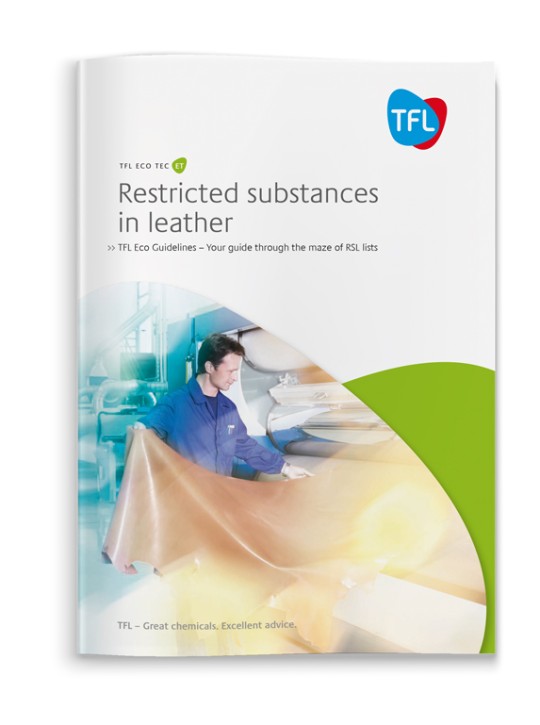A multitude of regulations on chemical substances
“Restricted Substance List”, or its commonly used abbreviation “RSL”, has become a common term in the tanning industry.
It is important to distinguish between a
- Product Restricted Substance List
(often called PRSL) which restricts the use of chemicals in the final product (i.e. leather)
and
- Material Restricted Substance Lists
(i.e. MRSL issued by ZDHC) which addresses restricted chemicals in the chemical product used for making leather.
The first question that immediately arises is: Who sets the requirements in the RSL lists that are on the desk in the tannery office?
Basically there are 2 groups involved:
1. Legislators
- National regulations and laws
- International agreements and regulations
2. Manufacturers/Brands, Ecolabels, NGO’s and consortiums (such as ZDHC)
- Ecolabels for consumer items
- Restricted Substance Lists (RSL) for consumer products like leather
- Restricted Substance Lists for chemical products (i.e. MRSL issued by ZDHC)
National regulations and laws
Each country has its own regulations and laws regarding chemicals. If we look at restricted chemical substances on a global basis, it is clear that some countries have considerably more regulations in this area than others.
REACH
Worldwide the strictest regulations for chemicals are those in the European Union (EU) countries, where all the many previous chemical EU Directives have been put together into one Annex (Annex XVII) of the EU Regulation 1907/2006, commonly called REACH. This regulation is mandatory for all 26 EU countries.
The EU-REACH Regulation
(and the former EU Directives) restricts either:
- The sale or manufacture within the EU of product formulations containing more than certain amounts of chemical substances
or
- The presence of certain chemical substances in consumer goods.
What does REACH mean for the European tanner?
The European tanner purchasing a chemical froma European supplier will be required to disclose to the chemical supplier the use of such chemical to ensure that a valid, risk based exposure scenario for the identified use can be established. The REACH registration of a chemical substance and the considerable costs associated with it are the responsibility of the EU chemical manufacturer or importer of the chemical. Only if the tanners are themselves importing chemicals into the EU, they will be directly involved in the registration process.
What does REACH mean forthe non-European tanner?
Tanners in other parts of the world will not need to undertake any registration process but will need to be careful with the selection of their chemical products. If their leather will be exported at some stage to European customers, the leather must comply with REACH restricted substance requirements for consumer items, as given in Annex XVII of the EU Regulation. In addition, the Substances of High Concern (SVHC), as listed in Annex XIV (REACH), must not be present in the leather at more than 0.1 % (= 1000 ppm).
Other countries are planning or have already started to implement similar chemical regulations to the REACH Regulation for the EU countries. The hope is that there will not be significant variations between countries in terms of the legislation. Harmonisation of the requirements would be an advantage to all, but this is not yet the case.
In the USA the Federal Agencies, EPA (Environmental Protection Agency) and CPSC (Consumer Product Safety Commission) control regulations and guidelines at a national level. In addition, the individual states have their own regulations. For example, the state of California has its “Proposition 65” regulation, which protects Californian citizens from exposure to certain harmful substances whose presence has to be listed on consumer items with appropriate warning phrases.
Japan has regulations for harmful substances; the most commonly seen in the leather industry is the Law 112 restricting harmful substances (e.g. formaldehyde) in household products.
China has national standards, for example: GB 18401 and GB 20400, which limit the amount of harmful substances in consumer items.
Regulations in one area can very quickly have an impact on a global basis, this is typical of a number of EU restrictions. Many leather articles made in other parts of the world end up being sold in the EU countries or in countries which exercise similar chemical regulatory practices. A good example is the forbidden aromatic amines fromazo dyes or PCP (Penta Chloro Phenol), where the initial EU Directive quickly became the requirement worldwide.



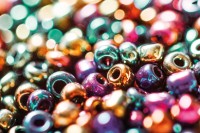

 Main Reaction - The TFL Blog Stories, incidents, tips and facts around the topics leather, chemistry, fashion, sustainability and ecology. Our editorial staff consisting of experienced tanners, scientists, market experts, fashion and communication specialists has sharped their pencils and will supply you with fresh and inspiring content on a regular basis.
Main Reaction - The TFL Blog Stories, incidents, tips and facts around the topics leather, chemistry, fashion, sustainability and ecology. Our editorial staff consisting of experienced tanners, scientists, market experts, fashion and communication specialists has sharped their pencils and will supply you with fresh and inspiring content on a regular basis.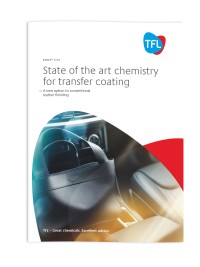
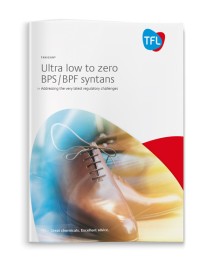
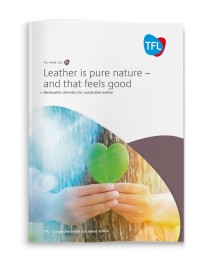
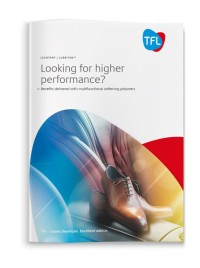 LEVOTAN® / LUBRITAN™ - Looking for higher performance? Tanners around the world are facing increasing challenges from their customers, for example, demands for higher performance such as fastness to light and heat resistance, but also lighter weight leather and more recently odour / emissions avoidance.
LEVOTAN® / LUBRITAN™ - Looking for higher performance? Tanners around the world are facing increasing challenges from their customers, for example, demands for higher performance such as fastness to light and heat resistance, but also lighter weight leather and more recently odour / emissions avoidance.






